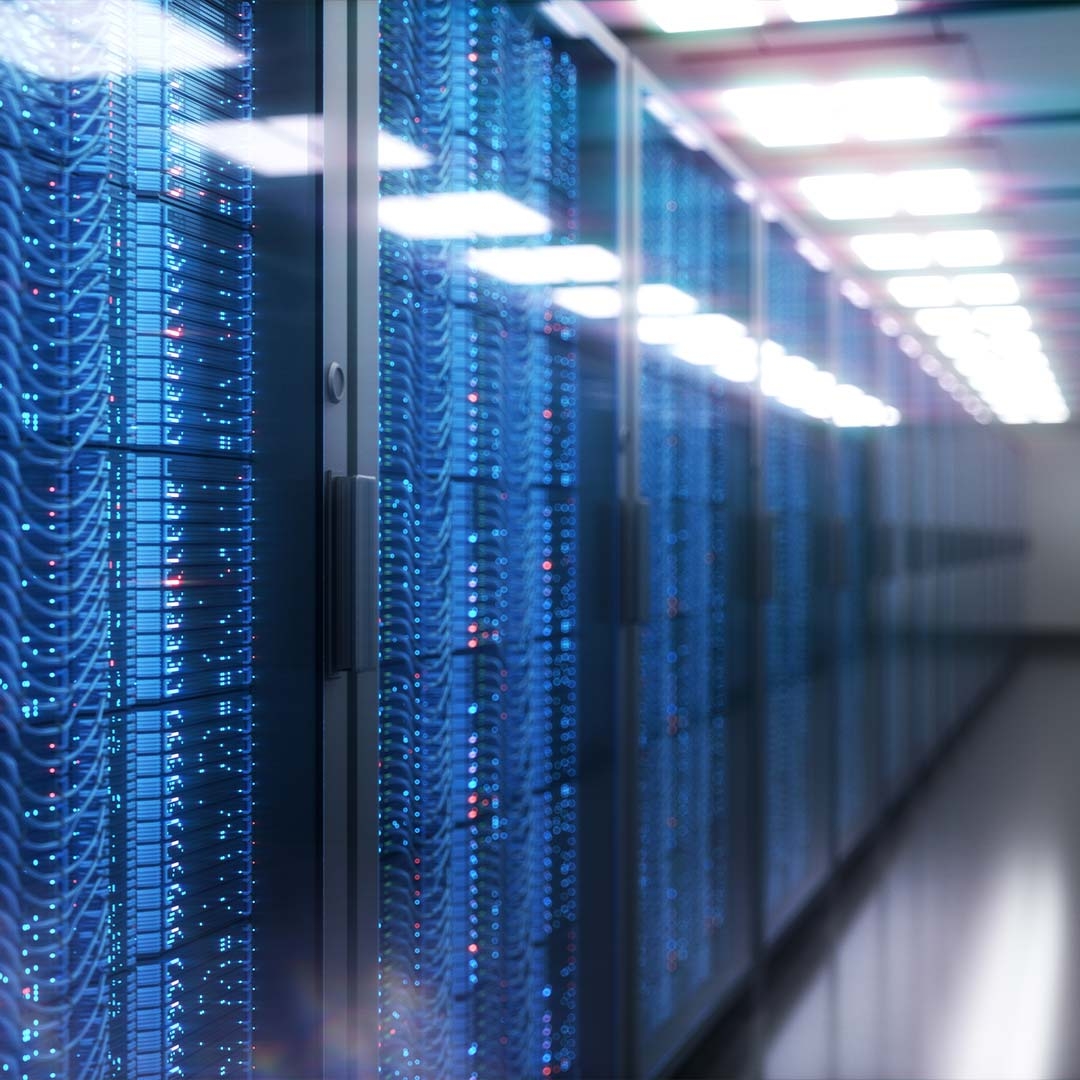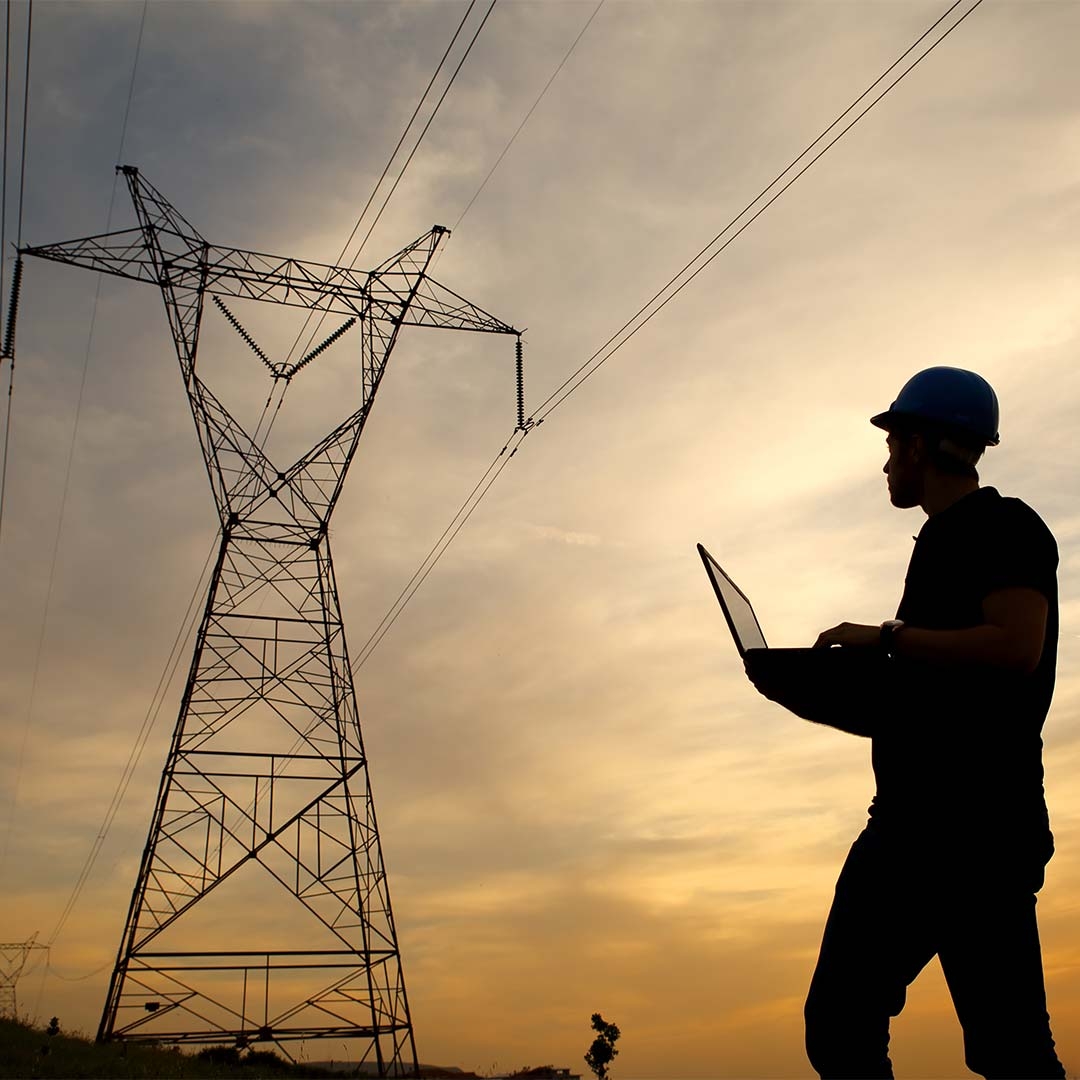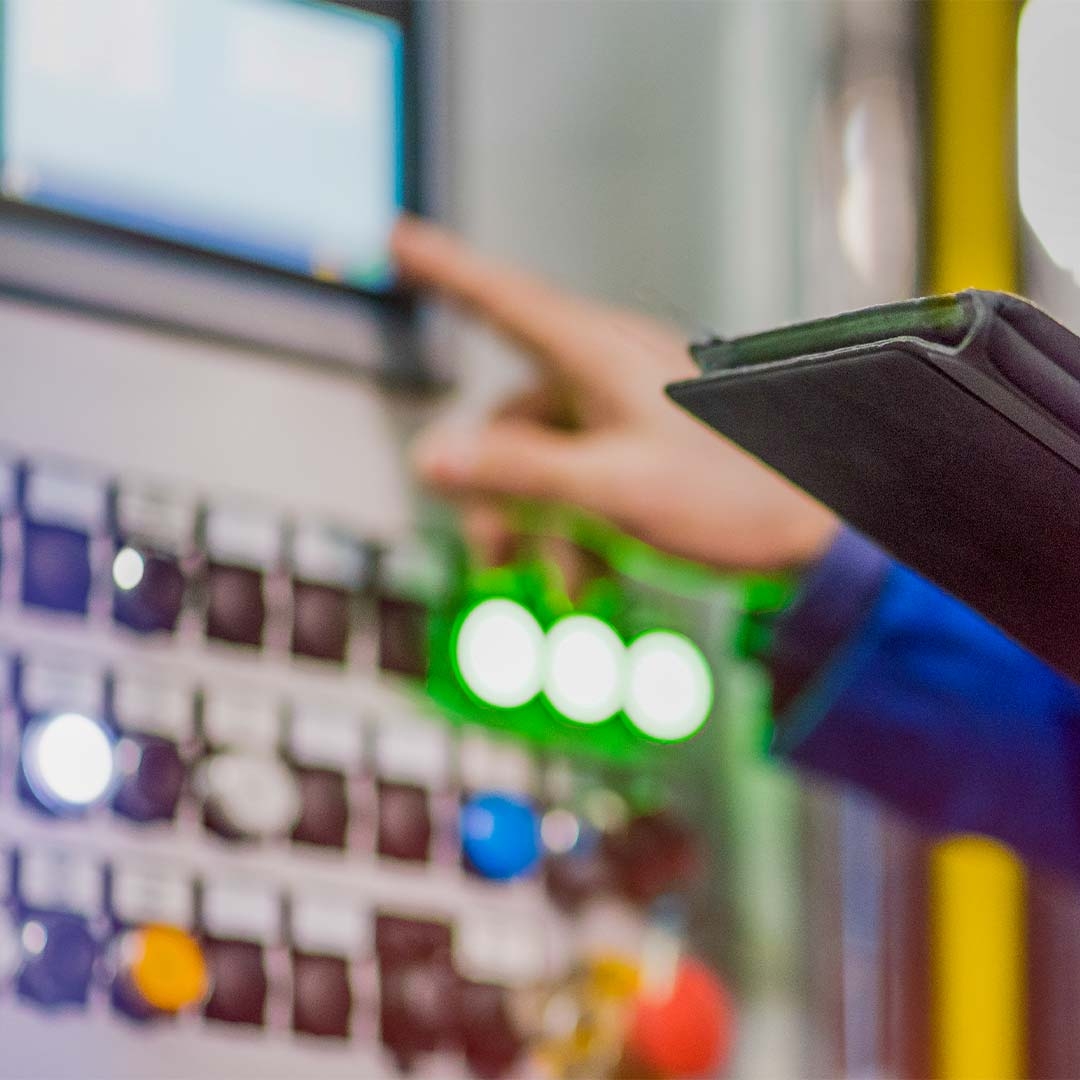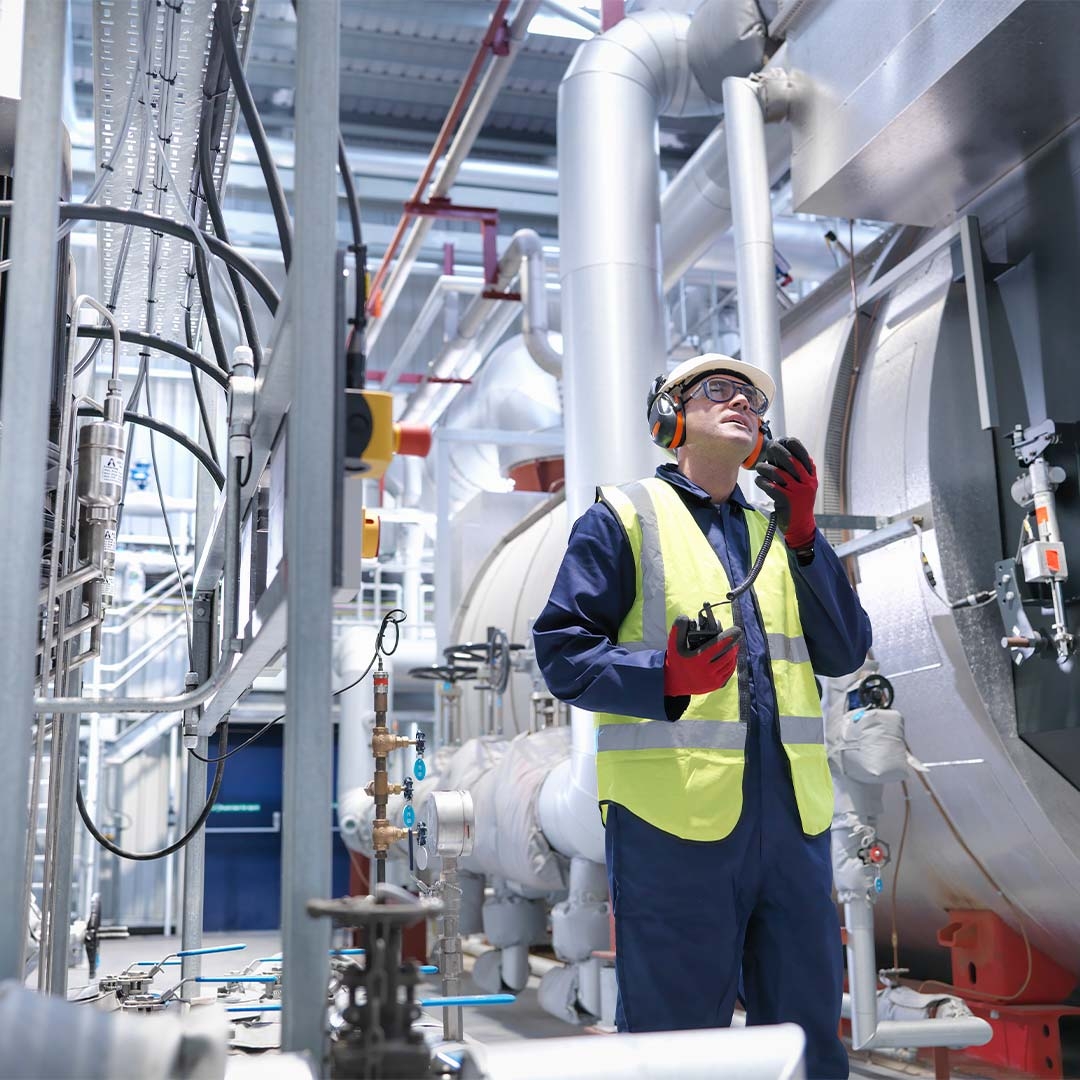Shanghai Metro: Customer Story Key Figures
Improved operational efficiency, sustainability, and asset performance
Greater stability and enhanced safety of electrical facilities
Safety and comfort for busy passengers as they arrive at their destinations
Shanghai Metro partnered with us to offer smooth operations for a complex, busy rail system. By leveraging IoT-enabled EcoStruxure Power, Shanghai Metro can help ensure safe and comfortable experiences for passengers.













